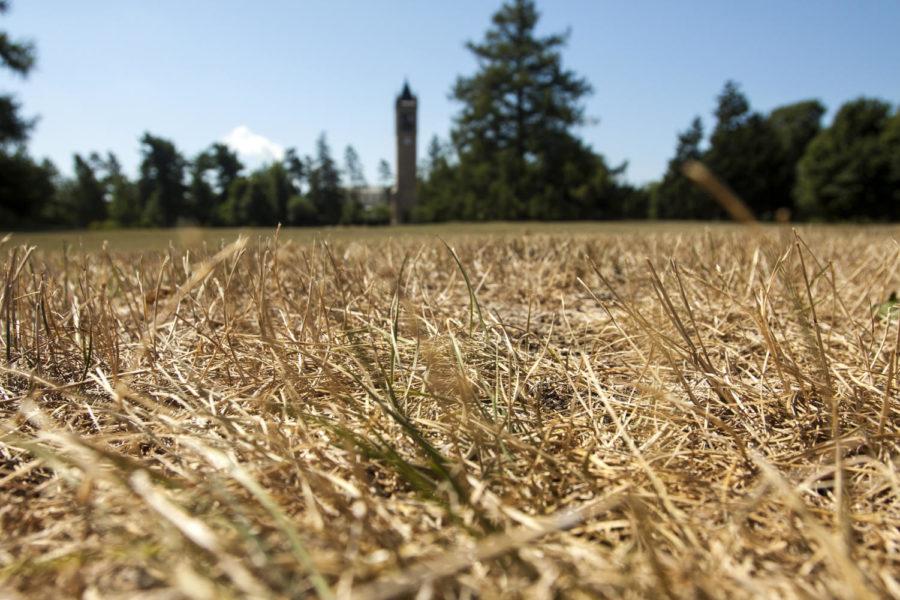Summer heat signals the beginning of climate change
July 25, 2012
It’s no secret the weather has been uncomfortably hot this summer.
For the last few months, sweat-drenched Americans have been experiencing one of the worst heat waves in decades. The heat means a lot more than just expensive air conditioning bills, however. We could be seeing the beginnings of severe climate change.
Climate scientists are saying that current weather conditions are reflective of what the future might look like under the effects of global warming. And according to projections, conditions are expected to become even worse.
“The changes that have been occurring have been at rates that are unprecedented in the historical record,” said Gene Takle, director of the Iowa State Climate Science Program. “The changes toward higher average surface temperature globally are going up at a rate that we haven’t seen before.”
Wildfires, heat waves, droughts and floods have been occurring at unusually high rates. This year, more than 2.1 million acres have burned in wildfires, some of which have occurred in densely populated areas. Two-thirds of the country is experiencing drought, and a staggering 3,215 daily high temperature records were set in June alone.
“The projections are that Iowa may have 30 to 40 days above 100 degrees in an average summer. This summer we’ve only had seven or eight days above 100 degrees,” Takle said. “In the future, this could be considered a very mild year.”
The heat is putting a great amount of stress on water supply all over the country, particularly agricultural states like Iowa, which demands a large amount of water for crop irrigation.
Last Wednesday, Des Moines issued a peak water alert after demand for water reached 90.6 million gallons, which came close to breaking the 2006 record of 92 million gallons. With a shortage of water and a significant increase in average temperature, Iowa farmers like Joe Heinrich are struggling to make ends meet.
Heinrich, vice president of the Iowa Farm Bureau, operates several farms in eastern Iowa, where he grows corn and soybeans and tends livestock for dairy products and beef. This summer has been unlike any he has seen before.
“I have a lot of concern for the livestock. We will end up having to look for other feed sources,” said Heinrich. “Most of the other producers in Iowa are in the same position. The pastures have stopped growing, so we have to do something different.”
Current projections set the world population to reach 9 billion within the next decade, and that puts farmers in a tough position. Farmers are constantly working to increase their yields to stay on top of global demand, and current climate conditions are making it difficult.
“We have a unique environment, and I think it eventually takes care of itself. With the heat and the other extremes right now, it could all change again in the next few years,” Heinrich said. “That’s one of the challenges with agriculture. It makes things very interesting.”

















